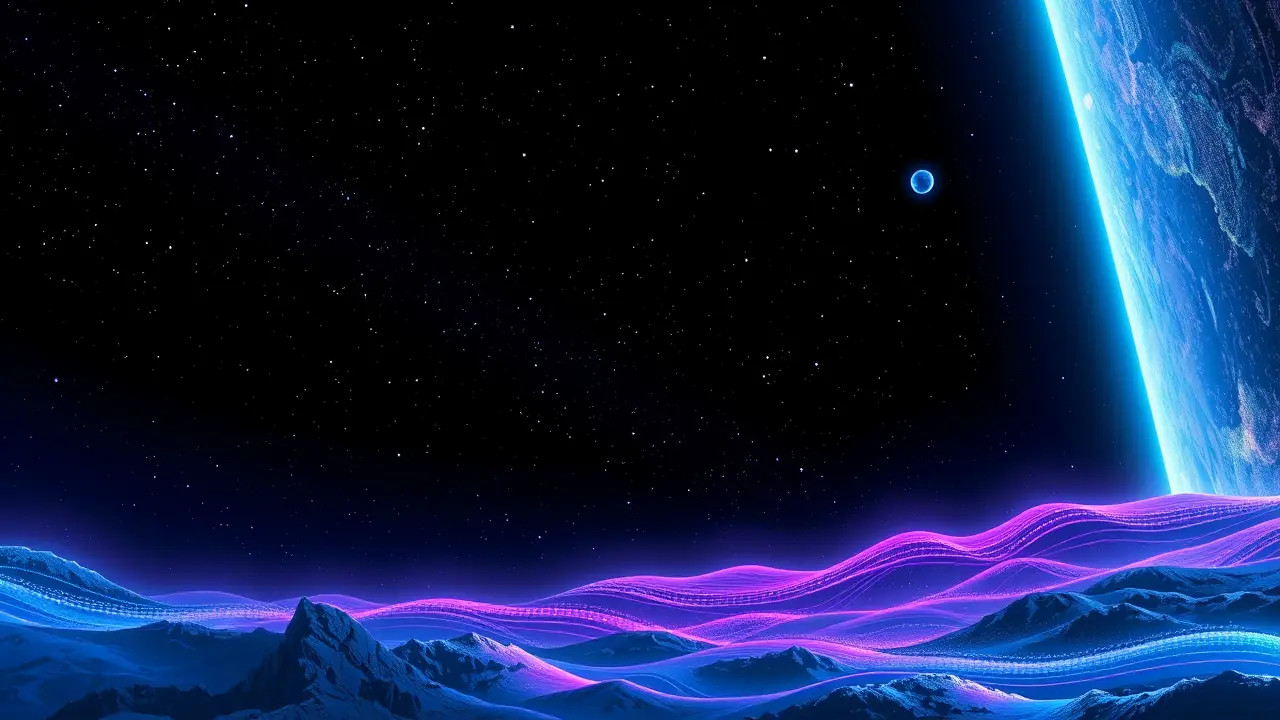Closest alien civilization could be 33,000 light years away
The staggering conclusion that the nearest complex, intelligent civilization in our galaxy might be a soul-crushing 33,000 light-years away hits with the force of a cosmic cold shower, a profound recalibration of our place in the universe that echoes the Copernican revolution but in reverse; we are not being demoted from the center of the cosmos, but rather confronted with the terrifying, exhilarating possibility that we might be its sole, flickering candle of consciousness in an unimaginably vast and silent cathedral of stars. This isn't merely a statistic; it's a fundamental re-evaluation of the Drake Equation, that elegant and optimistic formula that has guided SETI for decades, suggesting that while the ingredients for life might be common, the final leap to a species capable of building radio telescopes and questioning its own existence is a filter so impossibly fine that it renders civilizations like ours not just rare, but potentially isolated by gulfs of space and time so immense that a simple 'hello' would take longer to travel than the entirety of recorded human history.Imagine the sheer scale: a signal sent from a hypothetical world orbiting a star in the galactic rim would have begun its journey when humanity's most advanced technology was cave paintings and sharpened stones, a message traveling at the ultimate speed limit for 33,000 years, through nebulae and past dying stars, only to arrive at our antennas today, a fossilized whisper from a civilization that may have long since turned to dust. Scientists like those at the Breakthrough Listen project, who tirelessly scan the heavens, insist this daunting distance makes the search more critical, not less, because the very act of looking—whether we find a neighbor or confirm we are utterly alone—forces a philosophical and biological reckoning that reshapes our understanding of life itself.Finding even a single, distant signal would instantly transform biology from a planetary science to a cosmic one, proving that the intricate dance of chemistry that led to us is not a fluke but a repeatable process, a universe leaning toward complexity and perhaps even meaning. Conversely, confirming the Great Silence, this eerie quiet that stretches across 100 billion stars, would be an equally monumental discovery, suggesting that the filters—whether the perilous jump from single-celled to multicellular life, the gauntlet of asteroid impacts and supervolcanoes, or the existential threat of a species' own technology—are so formidable that we are a statistical miracle, a story with no other chapters, placing upon our shoulders the sole, solemn responsibility of shepherding consciousness forward.This is the ultimate high-stakes experiment, a quest championed by visionaries like Elon Musk who look to Mars not just as a backup plan, but as the first tentative step of a lifeform ensuring its own continuity against a cosmos that appears indifferent to its struggles. The 33,000-light-year chasm isn't a wall; it's a challenge, a dare from the universe to push our technology to its limits, to build ever more sensitive arrays, to perhaps one day move beyond radio and listen for laser pulses or other technosignatures we can't yet conceive, because the answer to whether we are a cosmic community or a lonely accident is the single most important question we can ever ask, and the search itself, in the grand tradition of human curiosity from Galileo to Hubble, is what defines us.
It’s quiet here...Start the conversation by leaving the first comment.
